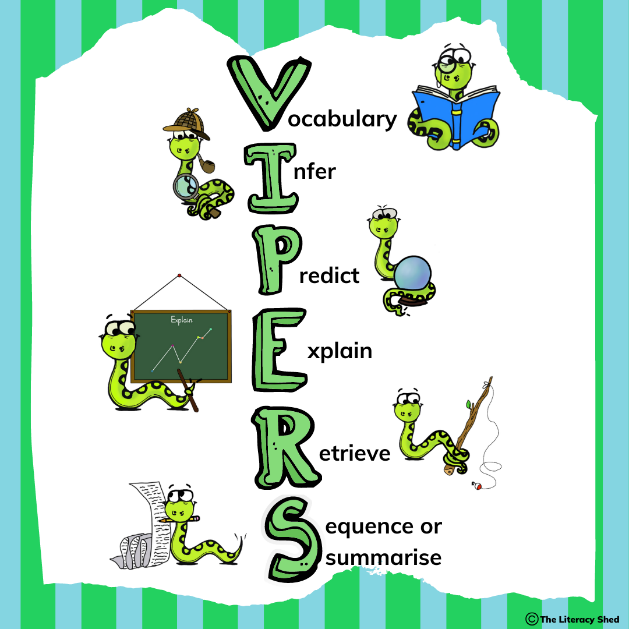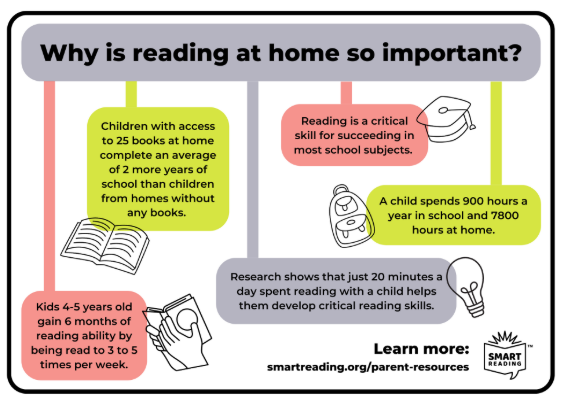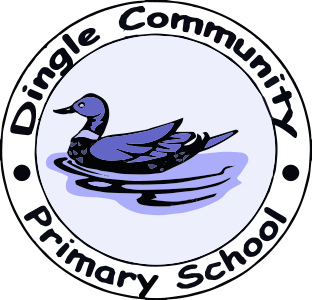Reading
Intent
The ability to read is fundamental to pupils’ development as independent learners. In order to read across the curriculum with fluency, accuracy, understanding and enjoyment, pupils need to orchestrate the range of strategies depicted in the National Curriculum, drawing on knowledge of context and grammatical knowledge; applying phonic knowledge and skills; applying graphic knowledge and developing word recognition.
The National Curriculum states that pupils should be taught to read fluently, understand extended prose and be encouraged to read for pleasure. Reading is singled out as having extreme importance in the curriculum and is split into two main dimensions:
• Word reading
• Comprehension (both listening and reading)
It is essential that, by the end of their primary education, all pupils are able to read fluently, and with confidence, in any subject in their forthcoming secondary education.
Reading development is closely related to that of writing, for it is by reflecting upon and talking about the texts they encounter, that pupils come to understand how writers write and the special relationship which exists between author and reader. It is through their critical and imaginative engagement with texts that pupils’ reading of fiction, poetry and non-fiction texts enables them to make sense of the world and their place in it.
At Dingle Community Primary School, we value reading as a key life skill and are committed to providing children with a literacy-rich environment, high-quality texts and inspiring learning opportunities. For our children to unlock the whole of the academic curriculum, we believe it is essential that they become proficient readers.
Our aim is that children:
- Gain a lifelong enjoyment of reading and books
- Read accurately with fluency, expression and confidence
- Be able to respond to a variety of different texts
- Develop a deeper understanding of story language and vocabulary
- Enable them to explore new environments, cultures and people beyond their own experience
We endeavour to ensure that all our children enter secondary school and adulthood with a love and stamina that ensures they continue on a lifelong reading journey.
Aims and Objectives of the Reading Curriculum
Reading is not simply the decoding of the words on the page but involves the ability to read, and understand, a wide range of different texts, including fiction, non-fiction, poetry, real world texts such as labels, captions, lists and environmental print. Competence in reading is the key to independent learning. It has a direct effect on progress in all areas of the curriculum and is crucial in developing children’s self-esteem, confidence and motivation.
Children should develop the following skills:
• To read aloud fluently and with expression.
• To read for meaning.
• To read a wide range of fiction, poetry and non-fiction material.
• To recognise vocabulary, grammar and literary devices in texts which can be used effectively
in writing.
• To read a text critically and know how to improve it.
Implementation
Our Reading curriculum follows the National Curriculum 2014 and the non-statutory Reading Framework 2023. Reading is taught daily throughout school. We recognise that reading is a highly interconnected subject. Therefore, teachers consider links between areas of reading in their planning across the curriculum.
Nursery
- We provide a balance of child-led and adult-led experiences for all children that meet the curriculum expectations for ‘Communication and language’ and ‘Literacy’. These include:
- Sharing high-quality stories and poems
- Learning a range of nursery rhymes and action rhymes
- Activities that develop focused listening and attention, including oral blending
- Attention to high-quality language.
- We ensure nursery children are well-prepared to begin learning grapheme – phoneme correspondences (GPCs) and blending in Reception.
Reception, Year 1 & Year 2
- We use Little Wandle Letters and Sounds SSP to teach phonics from Reception to Year 2. In Reception, we build from 10-minute lessons, with additional daily oral blending games, to the full-length lesson as quickly as possible. Each Friday, we review the week’s teaching to help children become fluent readers.
- In Reception teaching begins in Week 2 of the Autumn term, so that children can make a strong start.
- Children in Reception are taught to read and spell words using Phase 2 and 3 GPCs, and words with adjacent consonants (Phase 4) with fluency and accuracy.
- Children in Year 1 review Phase 3 and 4 and are taught to read and spell words using Phase 5 GPCs with fluency and accuracy.
(See Phonics & Early Reading Intent Documentation)
- If any child in Year 3 to 6 has gaps in their phonic knowledge when reading or writing, we plan phonics ‘catch-up’ lessons to address specific reading/writing gaps. These short, sharp lessons last at least 10 minutes and take place at least three times a week.
We teach Reception, Year 1 & Year 2 children to read through group reading practice sessions twice a week. These:
-
- Are taught by a fully trained adult to small groups of approximately six children.
- Use books matched to the children’s secure phonic knowledge using the Little Wandle Letters and Sounds Revised assessments.
- Are monitored by the class teacher, who rotates and works with each group on a regular basis.
Each reading practice session has a clear focus, so that the demands of the session do not overload the children’s working memory. The reading practice sessions have been designed to focus on three key reading skills:
-
- Decoding
- Prosody: teaching children to read with understanding
- Expression & comprehension.
- These sessions will start in Week 4 of Reception. Children who are not yet decoding have daily additional blending practice in small groups, so that they quickly learn to blend and can begin to read books.
- We continue to teach reading in this way for any children who still need to practise reading with decodable books.
KS2
English Lessons
English lessons provide a structure which enables skilled reading comprehension to be taught.
The role of the teacher is:
• to follow the school’s policy with the aim of helping pupils to become strong independent readers;
• to model the act of reading through shared reading and to provide focused support through guided
Sessions;
• to assess the pupil’s progress as a reader and provide explicit guidance for their development;
To use reading as a means of locating information that pupils need to learn;
• to foster a love of reading as an enjoyable, stimulating and worthwhile activity;
• to create a supportive environment for reading.
English lessons are taught using high-quality texts which are rich and challenging; being beyond the current reading ability of the majority of the class. Through shared reading, the teacher models the reading process to the whole class as an expert reader, providing a high level of support. Pupils are taught how to use a range of skills and strategies, using ‘VIPERS’

Teaching objectives are pre-planned and sessions are characterised by explicit teaching of specific reading strategies, oral response and high levels of collaboration. In KS1, when modelling reading, the pupils are encouraged to join in where appropriate. In KS2, children usually have access to the text either individually or with a partner. They are expected to follow the text as the teacher reads and occasionally read out loud.
Once children are able to decode and read fluently, the focus moves to comprehension. In addition to the teaching of comprehension during English lessons, children from Year 2 to Year 6 take part in 30-minute, whole-class reading sessions using Reading Plus. All teachers also use VIPERS to ensure high-level questioning and comprehension with a variety of text types.
Home reading

Reception & KS1
- A decodable reading practice book is taken home to ensure success is shared with the family.
- Reading for pleasure books, chosen from the school library, also go home for parents to share and read to children.
- We use the Little Wandle Letters and Sounds Revised parents’ resources to engage our families and share information about phonics, the benefits of sharing books, how children learn to blend and other aspects of our provision, both online and through workshops.
KS2
Children have a timetabled slot for the school library. Children choose books to read both in class and at home.
All children have home/school reading records to record their reading journeys.
Ensuring reading for pleasure
‘Reading for pleasure is the single most important indicator of a child’s success.’ (OECD 2002)
‘The will influences the skill and vice versa.’ (OECD 2010)
We value reading for pleasure highly and work hard as a school to grow our Reading for Pleasure pedagogy.
- We read to children every day. We choose these books carefully as we want children to experience a wide range of books, including books that reflect the children at Dingle Primary and our local community as well as books that open windows into other worlds and cultures.
- Classroom books are displayed in an inviting way to encourage a love for reading. We curate these books and talk about them to entice children to read a wide range of books.
- In Nursery/Reception, children have access to the reading corner every day in their free time and the books are continually refreshed.
- Children from Nursery/Reception onwards have a home reading record. The parent/carer records comments to share with the adults in school and the adults will write in these on a regular basis to ensure communication between home and school.
- The school library is made available for classes to use at protected times. Children across the school have regular opportunities to engage in a wide range of Reading for Pleasure events (book fairs, local library visits and workshops, national events etc).
Impact & Outcomes
Assessment
Assessment is used to monitor progress and to identify any child needing additional support as soon as they need it.
Assessment for learning is used:
-
- Daily within class to identify children needing support
- Weekly in the Review lesson in phonics to assess gaps, address these immediately and secure fluency of GPCs, words and spellings.
Summative assessment is used:
-
- Every six weeks for children still following the phonics programme to assess progress, to identify gaps in learning that need to be addressed, to identify any children needing additional support and to plan the keep-up support that they need.
- Termly for children who are fluently able to read and have left the phonics programme.
- And scrutinised through an assessment tracker, to narrow attainment gaps between different groups of children and so that any additional support for teachers can be put into place.
Statutory assessment
- Children in Year 1 sit the Phonics Screening Check. Any child not passing the check resits it in Year 2.
Children in Year 6 sit the SATS Reading Test.
